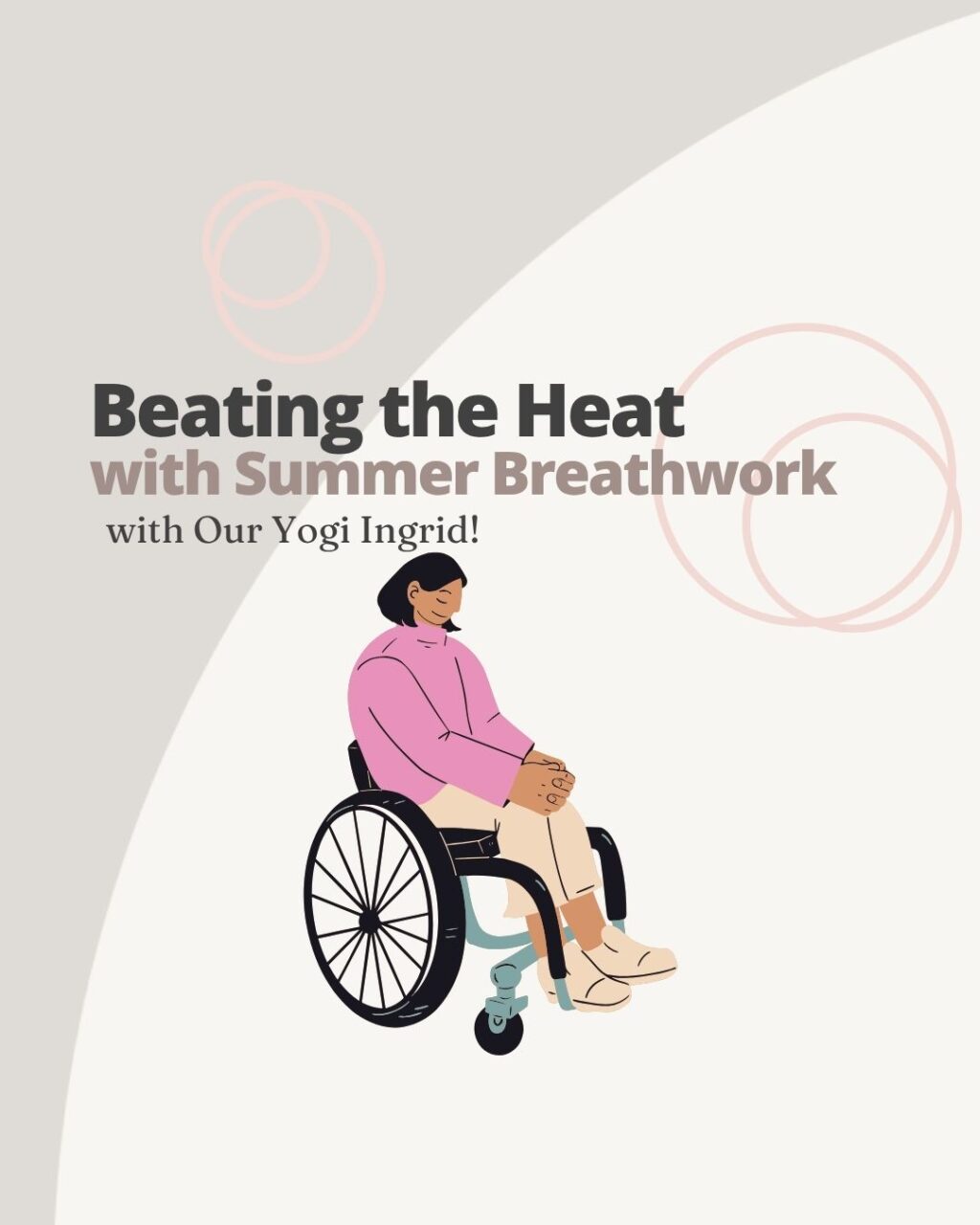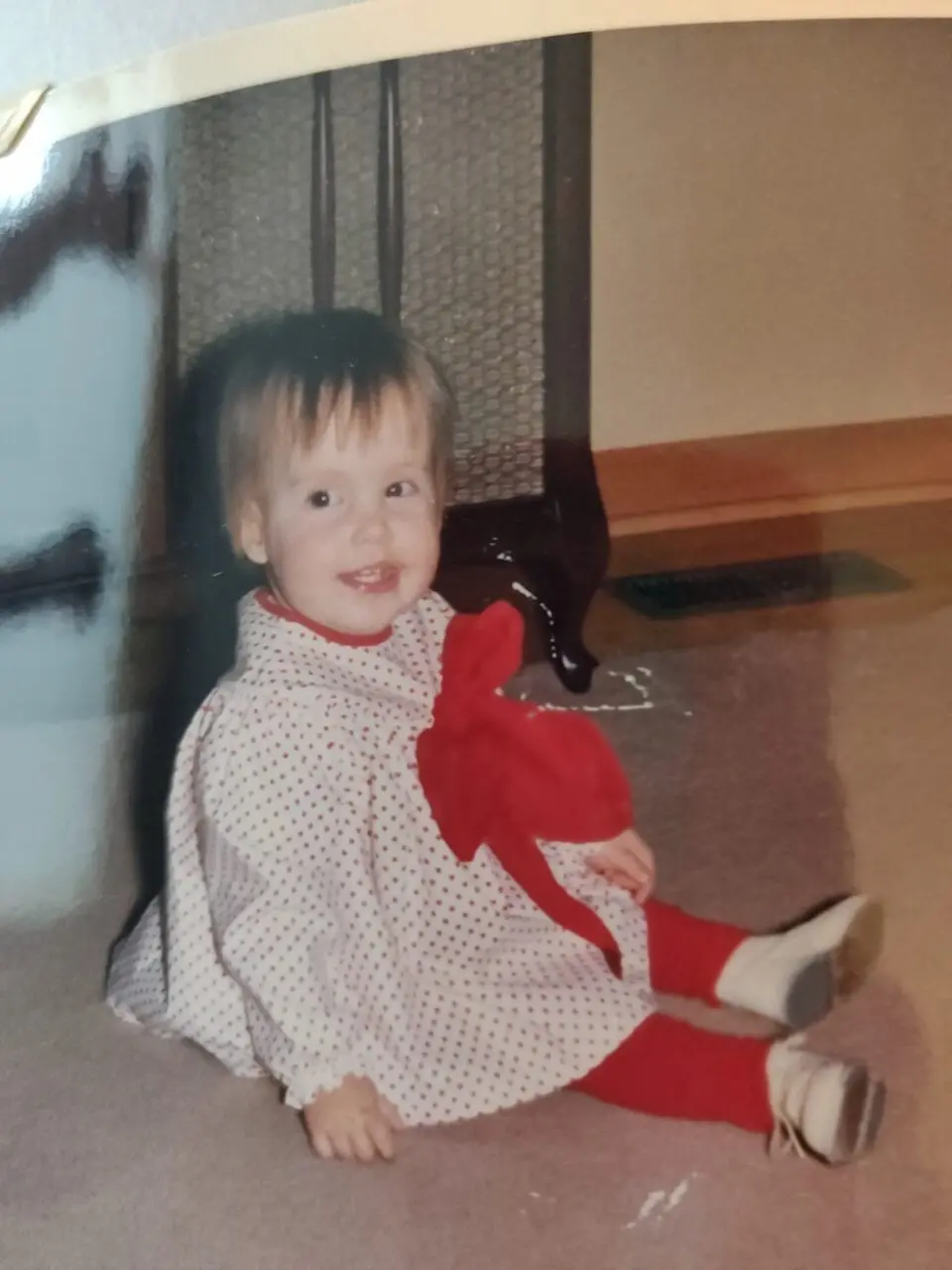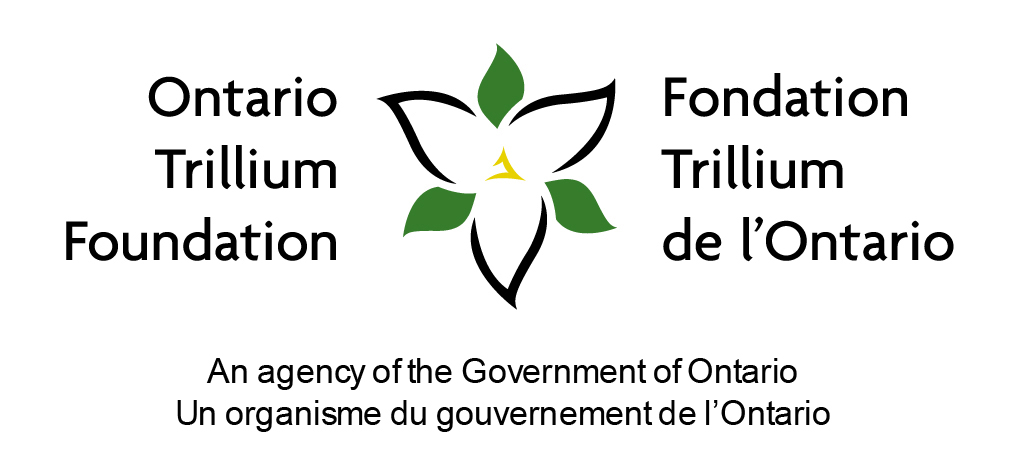
Kai Cote only heard of hydrocephalus on medical dramas and thought it only affected infants. However, when she was about 20, she began having double vision, eye misalignment and headaches that lasted for about six months. The 24-year-old Moncton resident will be graduating from Mount Allison University this spring with a bachelor’s degree in psychology. This fall, she will start a master’s program in Speech-Language Pathology at Dalhousie University.
Kai was astounded when an MRI diagnosed her with hydrocephalus in 2021. The condition is known as obstructive hydrocephalus from aqueductal stenosis, which meant that a channel in the brain connecting the third and fourth ventricles became narrow or blocked.
“Because my condition progressed so slowly over time — and likely was ‘arrested’ or compensated for many years — it went undetected during childhood and adolescence. In hindsight, my very rapid and off the charts head growth as an infant was a red flag, but no one thought anything of it at the time as I was (mostly) meeting my milestones and didn’t have any serious neurological issues.”
Kai has learned a lot in her journey with hydrocephalus, which she wants to share. Living with hydrocephalus is full of uncertainty—but so is life in general. Making peace with uncertainty is one of life’s hardest but most freeing challenges.
“Living in limbo with a potentially life-threatening condition for three years with no clear plan was mentally taxing, to say the least. But it also taught me to tolerate the uncertainty, which is an important part of life, isn’t it?”
“I was a tad later with certain things like learning to walk and some motor skills, but they were sort of borderline so again, nothing much was thought of this. I think I had a normal childhood.”
One neurosurgeon believed Kai had hydrocephalus her whole life, but he was not concerned because she did not have any serious neurological problems in childhood and was not experiencing problems now. Furthermore, he did not think her current symptoms were related to the hydrocephalus so no treatment or follow up was recommended.
Kai was uncomfortable with her doctor’s recommendations, so she did her own research. She pushed for a referral to a neurologist, then to a second neurosurgeon.
“It took nearly three years from the time I received the diagnosis to the time I had an in-person neurosurgery consult. This neurosurgeon took one look at my scans (which had shown a progression over the course of those three years) and said I needed surgery within the month. So, I got an endoscopic third ventriculostomy (a procedure to drain the excess cerebral spinal fluid in her brain). Recovery came with its ups and downs but ultimately it was successful.”
As a student, blurred vision and headaches are challenging. Kai also experiences subtle balance issues such as a mild feeling of unsteadiness, especially on uneven ground.
“Post-surgery I have had some improvement, though the symptoms are still ongoing at a lesser intensity. The mental and emotional toll of the condition and all the uncertainty I’ve faced along my journey has been just as difficult, if not more.”
Kai also has other health conditions, including fibromyalgia and postural orthostatic tachycardia syndrome, a condition that causes an abnormal increase in her heart rate when she stands or sits up. This leads to reduced energy and mobility and increased pain. She is also on the autism spectrum and deals with anxiety, which sometimes interacts with the physical challenges she faces.
“Navigating daily life with multiple diagnoses can be complicated but learning to listen to my body and advocate for myself has been a crucial part of my journey.”
Looking ahead, Kai, will be graduating with her bachelor’s degree in psychology in May. Last summer she worked at her local public library as a children’s programming leader and will return to the position this summer.
In the fall, she plans to return to school to begin her Master’s in Speech Language Pathology and looks forward to moving out on her own for the first time.
Kai is an active volunteer in the disability community and has worked with a local autism organization and was involved with a campus group for disability inclusion and accessibility.
“I am passionate about disability advocacy and accessibility. That’s something I hope to continue to work towards in my future career as a Speech-Language Pathologist.
“I enjoy reading, creative writing, genealogy research, and learning about neuroscience (an interest that was present before but has only been magnified by my experiences with hydrocephalus). I’ve also dabbled in improv which I enjoyed as it got me out of my comfort zone in a low-pressure environment.”
Kai is grateful to her parents and younger sister, Emily who she considers her best friend. Kai hopes for more treatment options for people like her with hydrocephalus.
“Brain surgery is life saving and incredible, but it being the only treatment for our condition is not ideal. Also, greater understanding and awareness on the part of both health practitioners and the public is needed.”
“You don’t need to be fearless to be brave. The bravest moments are when we feel the fear and choose to keep moving forward. Trust your gut and listen to your body. You know yourself best.”





